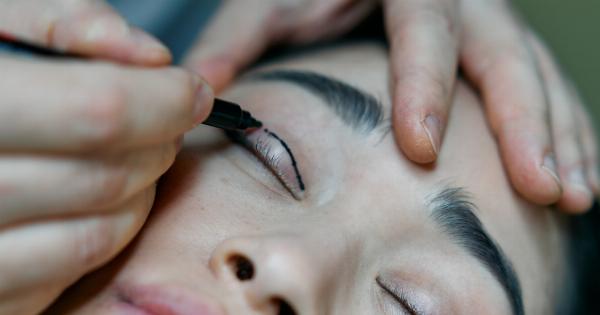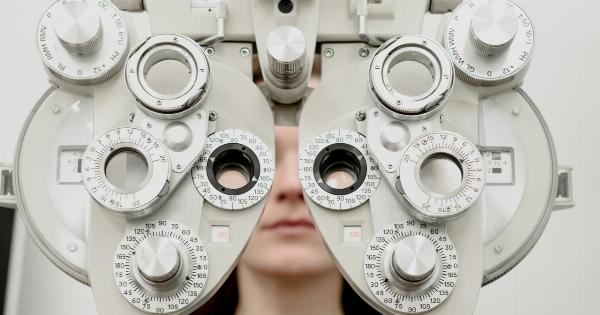Tear production is an essential bodily function that plays a vital role in maintaining optimal ocular health. This process involves the production, secretion, and drainage of tears, which serve several functions in the eyes and the body as a whole.
In this article, we will explore the different aspects of tear production, its functions, and the common conditions associated with it.
What are Tears?
Tears are a combination of water, mucus, and a variety of other substances, including electrolytes, enzymes, and proteins. The composition of tears can vary depending on the cause of the tears, and the emotional state of the individual producing them.
There are three types of tears that the eyes produce:.
- Basal tears: These are the tears that the eyes produce continuously at a low rate throughout the day to keep the eyes moist and healthy.
- Reflex tears: These are tears produced in response to irritants such as dust, smoke, or onion fumes.
- Emotional tears: These are tears produced in response to emotions, such as sadness, happiness, or joy.
How are Tears Produced?
Tears are produced by three main structures within the eye, including the lacrimal gland, the meibomian gland, and the goblet cells.
The lacrimal gland, located above the outer corner of each eye, produces the aqueous layer of tears, which is responsible for lubricating the eye surface. The meibomian glands, located along the eyelid margins, produce an oily layer that prevents tears from evaporating too quickly.
Finally, the goblet cells, located on the conjunctiva, produce the mucus layer of the tears, which provides a smooth surface for the tears to spread across the eye.
What are the Functions of Tears?
Tears play several essential functions in maintaining ocular health, including:.
- Moisturizing the eye’s surface: Tears act as a lubricant, keeping the surface of the eye moist and preventing dryness.
- Cleansing the eye: Tears help to flush out debris and foreign objects from the eyes, keeping them clean and healthy.
- Providing nutrients to the eye: Tears contain important proteins and electrolytes necessary for maintaining optimal eye health.
- Defending against bacteria: Tears contain lysozyme, an enzyme that helps to kill bacteria and prevent infections.
- Reducing eye strain: Tears help to reduce the amount of light that enters the eye, reducing eye strain and fatigue.
What are the Common Conditions Associated with Tears?
Several conditions are associated with tear production and the ocular surface. These include:.
- Dry eye syndrome: This condition occurs when the eyes do not produce enough tears to keep the eye surface moist, leading to symptoms such as dryness, irritation, and redness.
- Blepharitis: This is a chronic inflammation of the eyelids that can impact the function of the meibomian gland, leading to dry eye symptoms.
- Conjunctivitis: This is an inflammation of the conjunctiva, the membrane that covers the surface of the eye, leading to symptoms such as redness, itching, and discharge.
- Allergic eye disease: This is an immune reaction to allergens, leading to symptoms such as itching, redness, and tearing.
Conclusion
Tears play a crucial role in maintaining optimal ocular health by moisturizing the eye’s surface, cleansing the eye, providing nutrients, and defending against bacteria.
The production and composition of tears can be influenced by a variety of factors, including emotions, environment, and underlying medical conditions. Understanding the functions of tears and the importance of maintaining their production can help individuals maintain good eye health and prevent a range of ocular conditions.
























